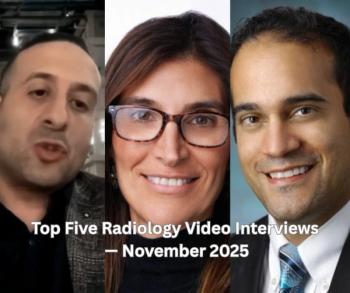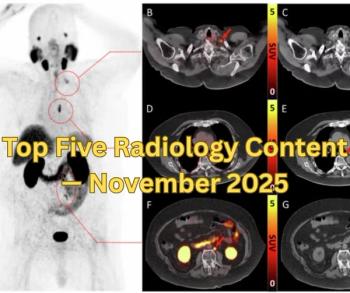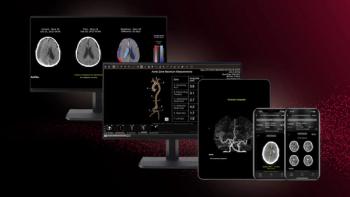
New meaning lurks inside those tiny blurs on CT chest scans
It's been a mere eight years since the blurry spots called ground glass opacities (GGOs) that appeared on spiral CTs were first linked to cancer. Already, the first hints are emerging of what they may actually mean to malignant transformation.
A millenium passed between the anatomy of Galen and the physiology of William Harvey. It's been a mere eight years since the blurry spots on spiral CT called ground glass opacities (GGOs) were linked to early lung cancer. Already, the first hints are emerging of what they may actually mean to malignant transformation.
Given the speed of progress in molecular science, it's reasonable to expect some clarity soon in the
Tiny blurs on spiral CT
GGOs typify the dilemmas around the use of CT scans for lung cancer screening. Often measuring less than 5 mm in diameter, they appear as small regions that cloud, but do not obscure, underlying structures-ergo, they aren't solid masses. They don't necessarily represent cancer; GGOs also turn up in pneumonia, notably as part of swine flu or avian flu. But in the context of malignancy, do they indicate tiny emergent primaries, metastases caught in freeze-frame, or nothing worthy of concern? Is it worth removing part of a lung to eliminate a worrisome speck?
In a
Meanwhile, we still don't know how to distinguish malignant from innocuous GGOs on CT scans, and no good data are available about the risks of leaving them untreated. There may also be risks to resecting them. Another
Last month, researchers at Nagasaki University Hospital reported the results of their
In GGOs, a glimpse of carcinogenesis
Yet in 2008 another team from Japan reported that the vast majority of GGOs that represent adenomas are positive for epidermal growth factor receptor (EGFR) mutations, while the majority of AAH are not. Of those that aren't mere hyperplasia, a
The latest dispatch on the subject from the National Cancer Center of Japan, published in Carcinogenesis last month,
Late last year, a team from Shanghai
While the miniscule lesions spied by CT have created a dilemma for thoracic surgeons, oncologists, and health economists, they seem also to have offered a new (if still cloudy) window into the carcinogenic process in the lung. Given a little more time, the evidence to help us know what to do about GGOs may be more solid than fuzzy.
Newsletter
Stay at the forefront of radiology with the Diagnostic Imaging newsletter, delivering the latest news, clinical insights, and imaging advancements for today’s radiologists.



























